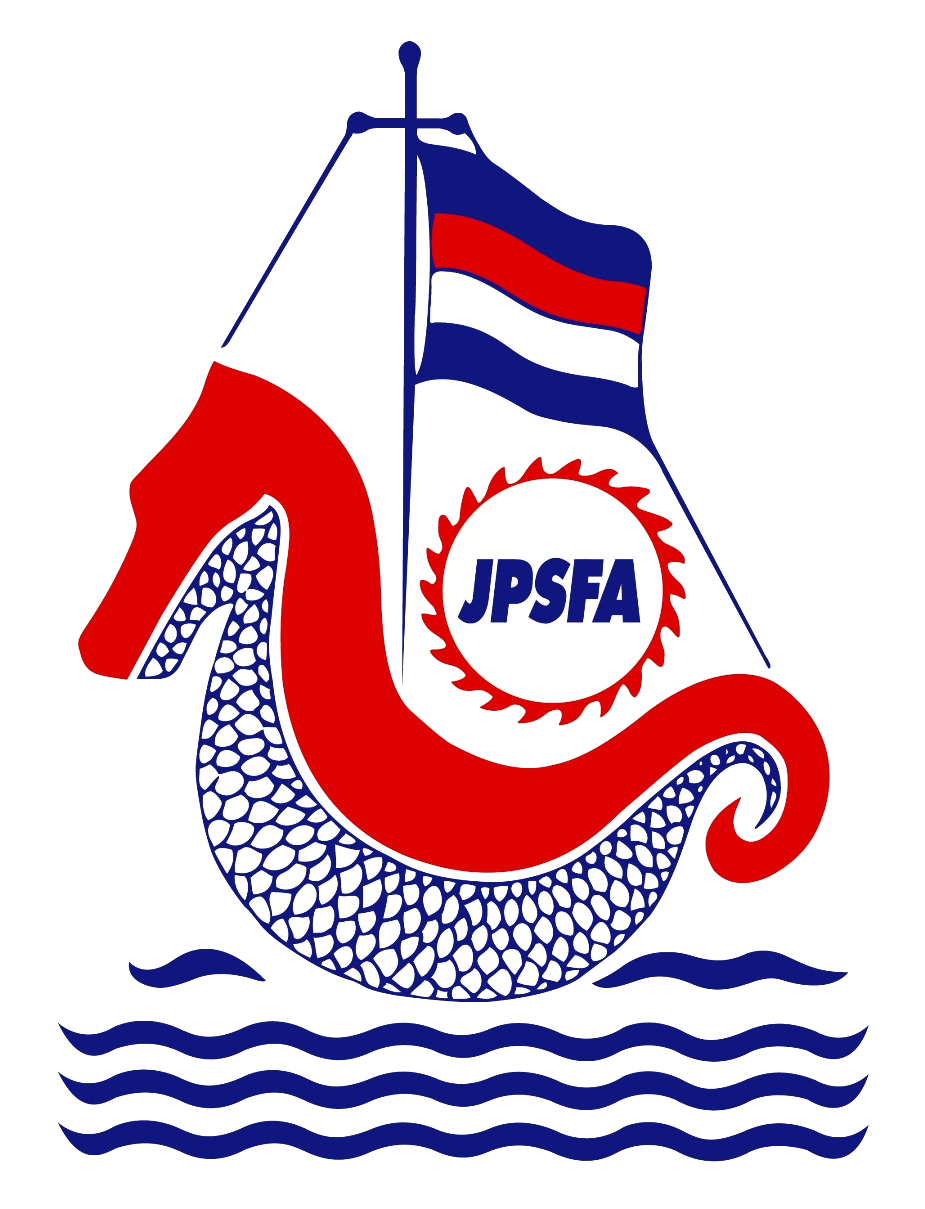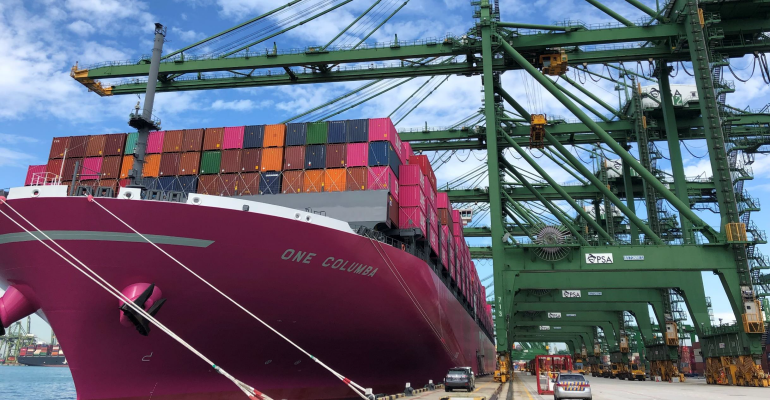Gary Howard | Oct 29, 2021
In an update on its FY 21 Q2 initiatives, Nixon said that the company continued to see bottleneck constraints as a result of landside labour shortages and high consumer and industrial demand for products.
“Hundreds of ships waiting around the world at anchor is the “effect” (and not the “cause”) of such inland logistics bottlenecks backing up into the port infrastructure. The landside supply chain challenges appear to be somewhat universal, but North America and Europe seem to be the most significantly impacted,” said Nixon.
Related: Port of Felixstowe congestion could hit $2.7bn worth of UK imports
Strong booking demand can be expected to continue through until at least Chinese New Year on February 1 2022, he added.
ONE saw an improvement in the first half of FY 21 over the same period in FY 20, and could have carried more cargo had it not been forced to blank Asia sailings due to heavily delayed vessels returning from elsewhere. “As things stand in Q3/2021 we see no major improvement in the current situation so far, particularly in North America,” said Nixon.
Related: Hapag-Lloyd re-routes European container service to Jaxport over congestion
With a sold out charter market for vessels and lack of available equipment, ONE is focused on reducing waiting times where it can to make the most of its assets.
Nixon warned of inflationary pressures on the industry from fuel prices, chartering, and increased cost push through from feedering and landside trucking. “Where possible, we try to ensure that any cost increases we incur in moving freight is recovered ultimately from the end customer. This is also true where containers under import load are taking longer to be returned,” said Nixon.
Reference: https://www.seatrade-maritime.com/containers/one-waiting-ships-are-effect-not-cause-bottlenecks

